
There are certain dishes that hold a special place in our hearts, not just because of their delicious flavors, but also because of the memories they evoke. One such dish for me is Ratatouille. This traditional French stew is a beautiful blend of flavors and textures that instantly transport me back to the cozy kitchens of Provence. Its origins can be traced back to the 18th century, where it was popularized by the peasants in the region. Ratatouille was a way for them to celebrate the abundance of summer produce while adding warmth to their humble meals. Today, it has become a classic dish enjoyed all around the world.
Ingredients
To recreate this delightful dish in your own kitchen, you will need the following ingredients:
– 1 large eggplant
– 2 zucchinis
– 1 red bell pepper
– 1 yellow bell pepper
– 1 green bell pepper
– 2 large tomatoes
– 1 onion
– 4 cloves of garlic
– Fresh basil leaves
– Fresh thyme leaves
– Salt and pepper to taste
– Olive oil

Step 1: Preparing the Vegetables
Start by washing all the vegetables thoroughly. Cut the tops off the bell peppers, remove the seeds, and slice them into thin strips. Peel and dice the onion and garlic cloves. Next, dice the eggplant, zucchinis, and tomatoes into cubes of roughly the same size.
Step 2: Sautéing the Vegetables
Heat a large skillet or a Dutch oven over medium heat. Add a generous drizzle of olive oil and sauté the onions until they become translucent and fragrant. Then, add the garlic and continue cooking for another minute.
Tip: If you prefer a smoky flavor, you can grill the eggplant and bell peppers before incorporating them into the stew.
Step 3: Building the Layers of Flavor
Layer the diced eggplant, zucchinis, bell peppers, and tomatoes in the skillet. Sprinkle with salt, pepper, and a handful of fresh thyme leaves.

Tip: Ratatouille is a versatile dish, and you can add other vegetables like mushrooms or yellow squash to suit your taste.
Step 4: Simmering to Perfection
Cover the skillet and reduce the heat to low. Allow the vegetables to simmer gently for about 30-40 minutes, or until they become tender and meld together. The longer you let them cook, the more the flavors will intensify.
Step 5: Serving and Enjoying
Once the vegetables are perfectly cooked, remove the skillet from the heat, and garnish with freshly torn basil leaves. Ratatouille can be served hot, at room temperature, or even chilled, depending on your preference. It pairs wonderfully with crusty bread, couscous, or a simple green salad.
Tip: Leftovers taste even better the next day when the flavors have had a chance to marry. They can also be used as a filling for omelets or a topping for bruschetta.
Conclusion
Ratatouille is not just a delightful dish; it is a celebration of the summer harvest and the rich culinary history of Provence. The aromatic medley of vegetables, herbs, and fragrant olive oil combine to create a truly memorable experience with every mouthful. Whether you serve it as a substantial main course or a vibrant side dish, Ratatouille will always bring warmth and joy to your table. So, gather your freshest vegetables, embrace the rustic simplicity of this iconic dish, and let it transport you to the sun-kissed countryside of Southern France.
Nutrition Facts
| Amount Per Serving | ||
|---|---|---|
| Calories | 120 | |
| % Daily Value* | ||
| Total Fat 4g | 6% | |
| Saturated Fat 2g | 10% | |
| Trans Fat 0g | ||
| Cholesterol 15mg | 5% | |
| Sodium 140mg | 6% | |
| Total Carbohydrate 20g | 7% | |
| Dietary Fiber 0g | 0% | |
| Sugars 9g | ||
| Protein 1g | ||
| Vitamin A 2% | Vitamin C 0% | |
| Calcium 2% | Iron 4% | |
* Percent Daily Values are based on a 2,000 calorie diet. Your daily values may be higher or lower depending on your calorie needs:
| Calories: | 2,000 | 2,500 | ||
|---|---|---|---|---|
| Total Fat | Less than | 65g | 80g | |
| Saturated Fat | Less than | 20g | 25g | |
| Cholesterol | Less than | 300mg | 300 mg | |
| Sodium | Less than | 2,400mg | 2,400mg | |
| Total Carbohydrate | 300g | 375g | ||
| Dietary Fiber | 25g | 30g | ||

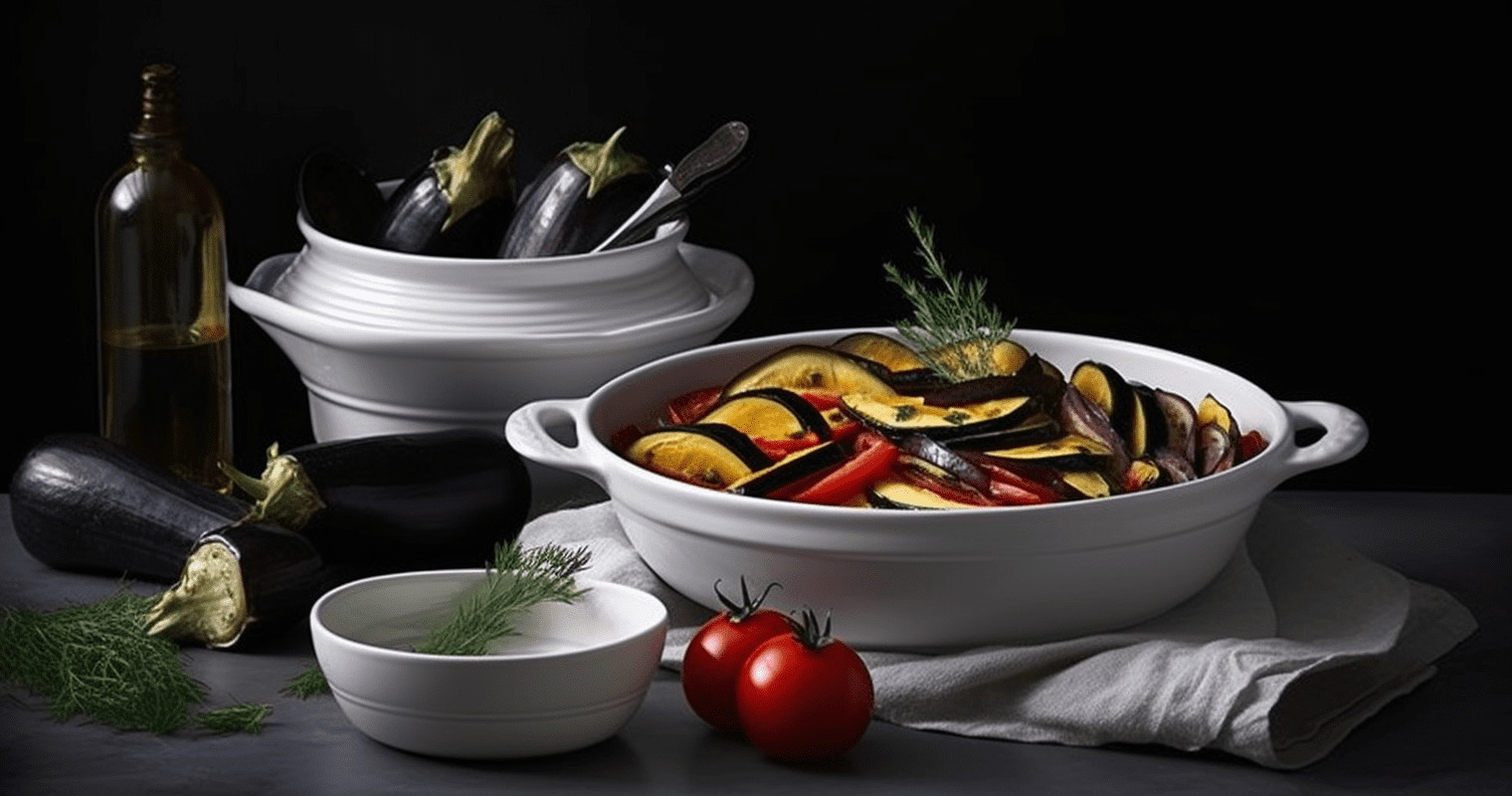


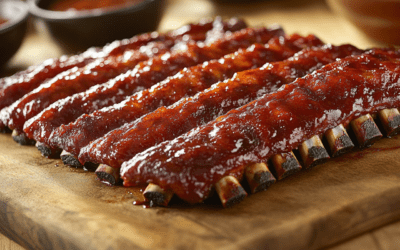

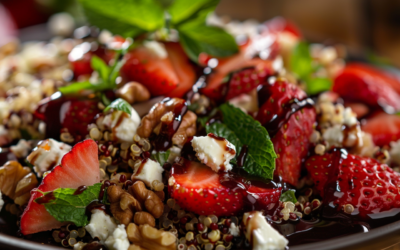
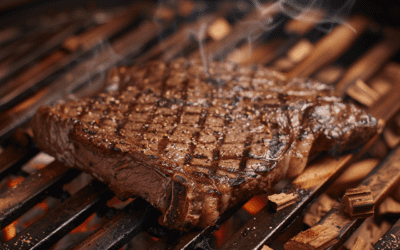


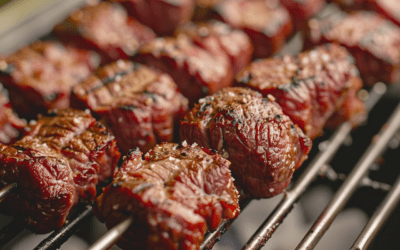


0 Comments